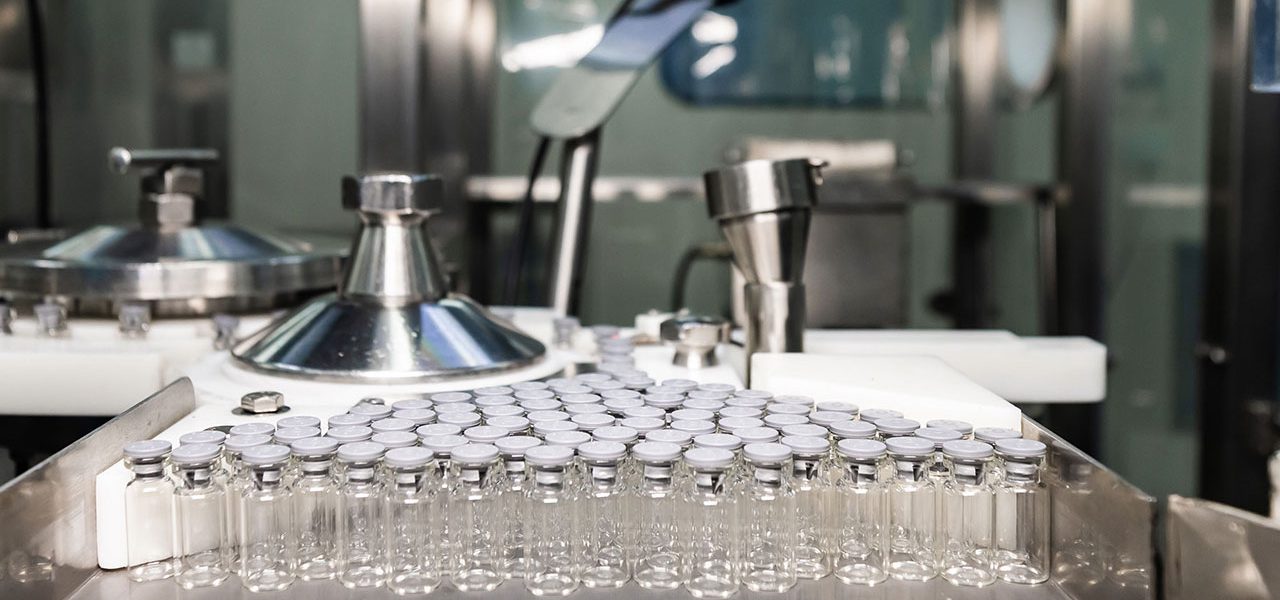Introduction
Assisted reproduction (or assisted reproductive technology, ART) has revolutionized the way couples with fertility challenges can pursue parenthood. At the heart of most ART protocols lies hormonal therapy—a carefully orchestrated sequence of hormone administration to stimulate the ovaries, control timing, support the uterine lining, and optimize conditions for fertilization and implantation.
In India, with the growth of IVF clinics and fertility awareness rising, hormonal therapies (and the fertility hormones used) play a pivotal role. One notable player in the Indian pharmaceutical space is Sanzyme, which manufactures gonadotropins and sex hormones used in fertility treatments.
In this blog, we’ll explore:
- What hormonal therapies do in assisted reproduction
- Key fertility hormones and their roles
- Common IVF-medications used in India
- Sanzyme’s contributions and products
- Challenges, side effects, and future directions
Why Hormonal Therapy Matters in ART
In a natural menstrual cycle, the body produces hormones (FSH, LH, estrogen, progesterone) in dynamic interplay to recruit follicles, trigger ovulation, and support the luteal phase. But in ART, we are overriding or supplementing nature to:
- Stimulate multiple follicles — so more eggs can be retrieved (vs. the single dominant follicle in a natural cycle).
- Control timing — to prevent premature ovulation or mismatch between egg pick-up and readiness.
- Support luteal / implantation — ensure the uterus is hormonally receptive when embryos are transferred.
Without hormonal therapy, ART would be far less efficient or feasible. But because we are intervening in sensitive endocrine systems, precision, monitoring, and customization are essential.
Key Fertility Hormones & Their Roles
Here are the main hormones commonly used in ART, and what they do:
| Hormone / Agent | Role in ART / Assisted Reproduction | Key points / caveats |
| FSH (Follicle Stimulating Hormone) | Stimulates growth of ovarian follicles (egg-containing sacs) | Often used in “controlled ovarian stimulation” (COS) protocols. Sanzyme lists FSH as one of its core products. |
| hMG / HMG (Human Menopausal Gonadotropin) | Contains both FSH and LH activity, used to drive multifollicular development | Some patients respond better to hMG vs pure FSH. A comparative study found Sanzyme’s Gynogen HP (an hMG) comparable to Menopur. |
| hCG (Human Chorionic Gonadotropin) | Used to trigger final maturation of follicles (the “trigger shot”) and help support luteal function | Sanzyme manufactures hCG preparations. |
| Progesterone / Progestogens | Luteal phase support — helps maintain the uterine lining in early pregnancy | Widely used; among the safer and standard supports. |
| GnRH analogs (agonists / antagonists) | Suppress or modulate natural pituitary release of LH/FSH to better control ART cycles | Granular control avoids premature LH surge or ovulation. |
| Estrogens / other adjuncts | In some protocols, estrogen is used to prepare the endometrium or modulate responses | Less central but helpful in specific settings |
Each patient’s protocol will use different combinations, timings, and dosages depending on age, ovarian reserve, previous responses, and medical history.
How Hormonal Therapy is Applied in ART Protocols
Here’s a typical (simplified) flow of how hormones are used in an IVF/ART cycle:
- Baseline suppression or control
Sometimes the cycle begins with suppression (via GnRH agonist or antagonist) so that ovarian activity is under control and endogenous LH surges are prevented. - Stimulation / Superovulation
Daily injections of FSH, or FSH + LH (hMG), over ~5–10 days to recruit multiple follicles.
Monitoring with ultrasound and hormone assays (E2 levels, LH, progesterone) to guide adjustments. - Trigger Shot
When follicles reach desired maturity, an hCG injection (or a GnRH agonist, in some cases) is given to trigger final maturation and ovulation-like processes ~36 hours before egg retrieval. - Egg Retrieval & Fertilization
Eggs are retrieved surgically, fertilized in the lab (IVF or ICSI). - Luteal Phase Support
Post embryo transfer, progesterone (often via injections, pessaries, or oral forms) continues to support the uterine environment. Some protocols add low-dose hCG or GnRH support. - Monitoring for adverse reactions / complications
Hormonal therapy must be monitored intensely to avoid ovarian hyperstimulation syndrome (OHSS), hormone imbalance, or other side effects.
IVF Medications in India: Market, Choices, and Challenges
India has become a hub for ART and fertility services, in part due to relatively more affordable care and a growing number of clinics.
However, medications (especially biologics like gonadotropins) remain expensive, and quality/regulatory oversight is crucial. Many clinics source from domestic manufacturers, both to reduce cost and ensure availability.
Challenges include:
- Variability in bioactivity / potency across brands
- Cold chain / storage / stability issues
- Cost pressures (fertility treatment is mostly out-of-pocket in India)
- Regulatory oversight — India is moving toward more regulation of ART and drug manufacturing in fertility space.
Patients are advised to ask their clinics about the source, brand, and batch of their medications, and ensure they’re using reliable, approved products.
Sanzyme & Its Role in Hormonal Therapies in India
Sanzyme Private Ltd is a notable Indian biotechnology / pharmaceutical company that manufactures several fertility hormones:
- They produce gonadotropins such as FSH, HMG etc.
- They also produce sex hormones including progesterone and related progestogens.
- Their products Gynogen 75/150 IU (HMG) and Endogen 75/150 IU Injection (FSH) are widely used injectable fertility hormone products for Controlled Ovarian Stimulation in IVF.
- Sanzyme is also involved in manufacturing hCG injections (Pubergen 5000/10000 IU) used to trigger ovulation in ART.
- They have regulatory approvals for producing infertility-related hormone drugs.
Because they are a domestic supplier, they can help reduce import dependency and potentially costs, provided strict quality and regulatory compliance.
One clinical comparison study has shown that a Sanzyme hMG product (Gynogen HP) is clinically comparable in efficacy and safety to an international hMG brand (Menopur) in ART cycles.
Thus, when discussing “Hormone Therapy India” or “IVF Medications India”, Sanzyme represents a key example of a domestic manufacturer contributing to fertility hormone supplies.
Practical Tips & Caveats for Patients
- Personalization is key
Protocols are not “one size fits all.” Even two women of the same age might respond differently. Clinics tailor based on AMH, AFC (antral follicle count), previous cycles, comorbidities. - Monitoring is essential
Frequent ultrasounds and blood hormone checks (E2, LH, progesterone) help adjust dosing and avoid complications like OHSS. - Be informed about your medication
Ask your doctor/clinic the brand, batch, and source of hormones. Check expiry, storage conditions, and proper handling. - Side effects & risks
Hormonal therapies come with risks like OHSS, bloating, mood swings, injection site reactions, hormonal imbalance. Psychological effects are real—women undergoing IVF report mood changes, anxiety, irritability. - Support luteal phase adequately
Even with perfect stimulation and embryo transfer, if the luteal support (progesterone, etc.) is inadequate, implantation may fail. - Cost transparency
Hormonal medications often form a large chunk of IVF costs. Clinics should break down:
“cost of stimulation drugs, cost of monitoring, cost of retrieval, cost of lab & embryo transfer, cost of medications post-transfer”
- Know red flags
Symptoms like severe abdominal pain, breathlessness, rapid weight gain, or heavy bleeding should prompt urgent medical attention (possible OHSS or ovarian torsion).
Conclusion
Hormonal therapy is the backbone of almost every assisted reproduction cycle. Understanding how fertility hormones are used, the risks, and the choices available—especially in the Indian context—empowers patients and clinicians alike. Brands like Sanzyme exemplify how India is contributing to the fertility hormone supply chain locally, helping reduce dependency on imports.
If you are considering IVF or hormonal therapies, always consult a qualified reproductive endocrinologist or fertility specialist. Ask questions, understand your medication regimen, and ensure you have good monitoring and support throughout the journey.
Last modified: October 30, 2025









